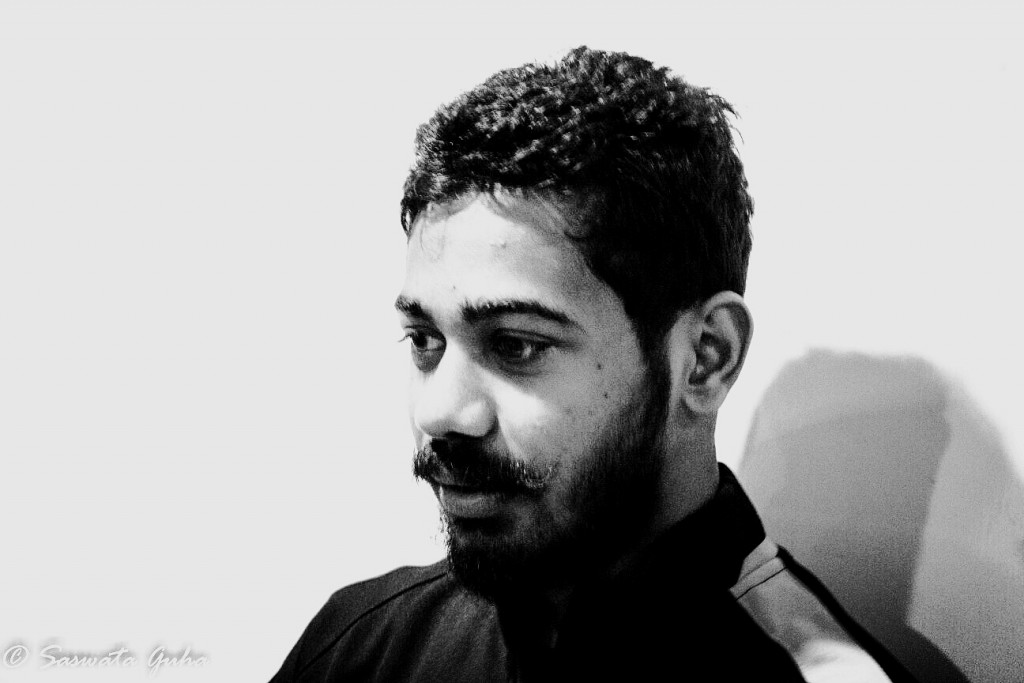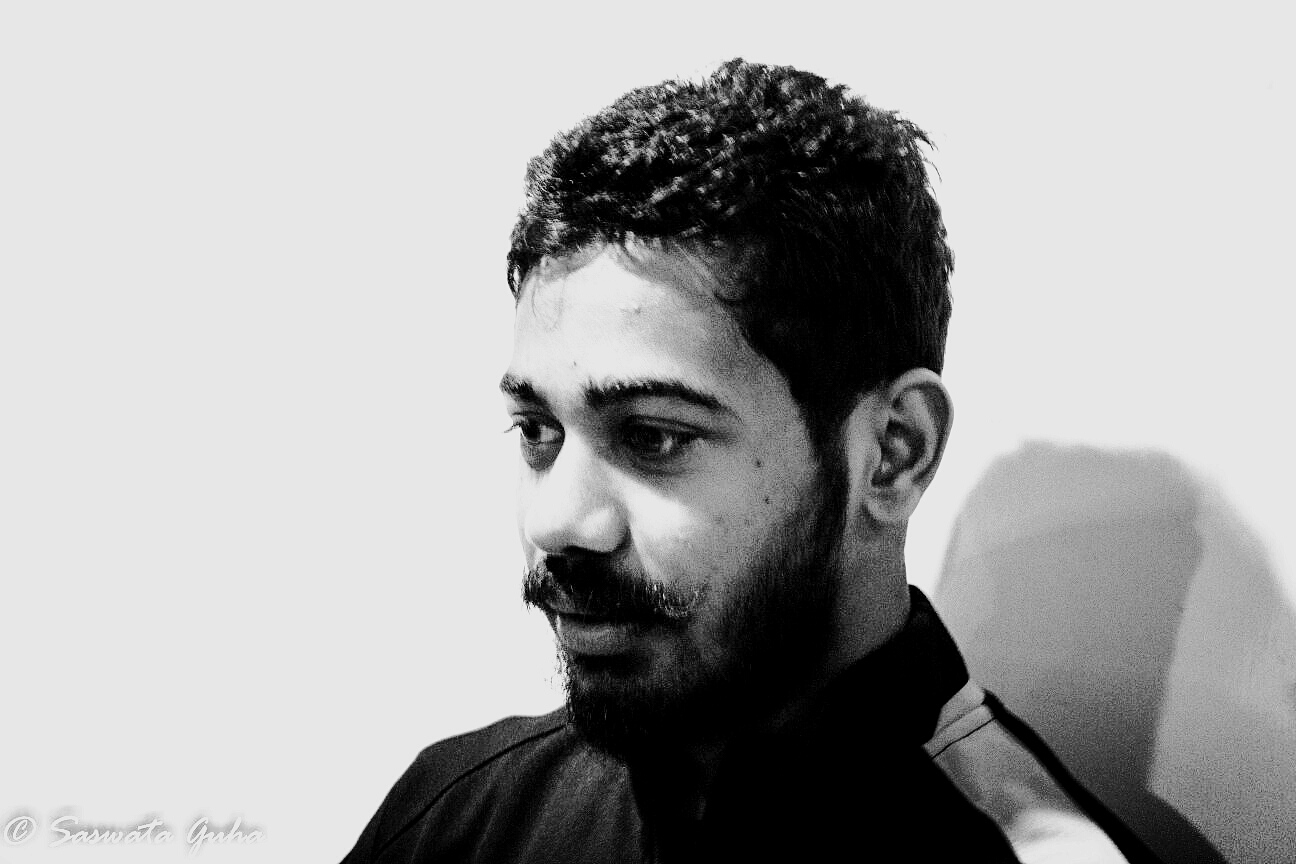In this blogpost, Pramit Bhattacharya, Damoradram Sanjivayya National Law University writes about the issue of Child Trafficking in India. The post looks into the international instruments ratified by India, internal laws of India, which battles the problem of trafficking and the law enforcement in India against child trafficking.

Child trafficking can be defined as the process of illegally transporting, transferring, or harboring a person below the age of 18 years, for the purpose of exploitation. This problem is prevalent in most developing countries due to porous borders and weak domestic laws to counter the issue. There are various causes of child trafficking like lack of employment, poverty, low level of education, a breakdown of social structure, etc. child trafficking is a violation of the mental and physical integrity of a child. Child trafficking is very dynamic, with the traffickers employing new methods every day to lure a child away from his home and then sell him in the market. Child trafficking includes physical and sexual violence, and it violates the right of a child to grow up in a healthy environment. In India too, the number of such incidences have gone up, although the exact figures are not known.
Child Trafficking in India
India if often considered as a destination, source, and transit country for trafficking of human beings. Still it is very difficult to get the exact statistics and comprehensive of the numbers and the extent to which the issue has grown. According to a study, it has been found that almost 400 districts in India are affected by the issue of child trafficking. It is also estimated that 90% of the trafficking is done internally, and the victims are used for forced labor. The children who are a victim of trafficking are exploited in various ways like forced to work as agricultural and industrial workers, beggars and domestic servants. The girl child is more vulnerable to trafficking. Girls are mainly trafficked for the purpose of prostitution and forced marriage. The porous borders of are considered to be one of the prime reasons for an increase in the rate of trafficking. In such situation, cross-border trafficking becomes easy, and girls from Nepal and Bangladesh are often trafficked into India. ECPAT International has estimated that, every year around 1, 50, 000 children and women are trafficked into (or through) India from South Africa. It has also been estimated that around 2, 00, 000 girls have been trafficked into India from Bangladesh and Nepal in the last seven years. Even though the incidents of trafficking is very rampant, there still does not exist a law which regulates the return of the trafficked victims from India to Nepal or Bangladesh. Only a few concerned organization and NGOs have helped the victims of trafficking to return to their own country by working in collaboration with the partner organization in that country.
Crossing the border between India and Nepal, and India and Bangladesh has become an easy and routine affair for many. The bribe system at the borders is also very well structured, in which the authorities are involved, they help a lot of people to cross the terrain. Further, a multiple passport system makes it easier for the traffickers to push Bangladeshi girls into the brothels of Kolkata. These girls are then further sorted and branded and then sent to Mumbai, Delhi, and Agra.
International Instruments ratified by India
India is a signatory to the Anti-Trafficking Protocol. The protocol was signed by India on 12th of December, 2012. This is a huge step forward towards eliminating the trafficking of human beings. This protocol not only seeks to prevent trafficking and protecting the victims, but it also has provisions to punish the traffickers. India has also ratified the Suppression of Traffic of Person and Exploitation of the Prostitution of Others, 1949, the Convention on the Rights of the Child, and the Convention on the Elimination of All Forms of Discrimination against Women. India is also a party to the two protocols to the Convention on the Rights of the Child
• Convention on the involvement of a child in armed conflicts.
• On the sale of children, child pornography and child prostitution.
India has also ratified the Convention on Preventing and Combating Trafficking in Women and Children for Prostitution, which has been introduced by the South Asian Association for Regional Cooperation (SAARC) in 2002.
Anti-trafficking Law in India
The Indian Constitution has prohibited trafficking in human beings and force labor expressively, and both these activities are punishable. Article 23 (1) states that human trafficking and forced labor is punishable and if anyone who violates this Article will be punished according to the law. The Directive Principles of State policies are also important in this regard. Article 39 (2) of the Constitution states that health and strength of men and women and tender age of children is not to be exploited, and citizen should not be forced into activities which are not suitable according to their age and strength due to any economic and financial necessity. Article 39 (f) also places an obligation upon the state to direct its policies in such a manner that children get the facilities and opportunities to grow up in a healthy environment, and their childhood is protected against material and moral abandonment and exploitation.
The main legal instrument to prevent trafficking in human beings in India is the Immoral Trafficking Prevention Act, 1956. This statue is supplemented by various other statutes such as the Indian Penal Code. The IPTA is focused on the issue of trafficking especially for the purpose of prostitution. The Act states that running of brothels is restricted. Detaining a person for the sake of prostitution, living on the earnings of a prostitute, etc. is also outlawed through this Act. The Act also provides for rescue and rehabilitation of victims of trafficking. But the main focus of the Act is for girls and women but does it does not especially focus on child victims of trafficking. The statute criminalizes the act of trafficking, but the definition of trafficking has been provided nowhere in the Act. The Indian Penal Code also supplements the Act. It has various provisions which impose a penalty on the criminal who kidnaps, abducts or sell or buy minors for the purpose of prostitution, forced labor, slavery, etc. moreover, sexual activities with a child, who is under the age of sixteen, even with the child’s consent amounts to rape.
India also has the Juvenile Justice (care and Protection of Children) Act, 2015 which outlaws employing a child for the purpose of begging, cruelty towards a child, forcing a child into dangerous work or hazardous employment, etc. The Act also provides a framework for providing education, vocational training, care, protection, treatment, etc. to vulnerable children who may get exploited if not provided with legal support.
Law Enforcement in India
The government has undertaken various initiatives to combat the issue of trafficking in children. These initiatives have been undertaken on the basis of the recommendation of the National Commission for Women, Central Advisory Committee on Child Prostitution, the Supreme Court and various other non-governmental organization who have been battling the issue for years. One of the nodal Ministry of Government of India, the Ministry of Women and Child Development, which deals with various issues relating to women and children, also came up with the National Pan of Action to Combat Trafficking and Commercial Sexual Exploitation of Children and Women in the year 1998 to tackle the issue of trafficking. The Ministry of Women and Child Development has also directed the Secretaries of Department of Women and Child. Development at the state level to hold regular meetings of the state Advisory Committee constituted under the National Plan of Action to Combat Trafficking and Commercial Sexual Exploitation of Children and Women. The meetings should be regarding governing of the initiatives undertaken by the Ministry to rescue, prevent, rehabilitate and repatriation those people who are victims of human trafficking. The Ministry has also undertaken a study in collaboration with UNICEF on the rescue of child victims of trafficking. They also formulated and introduced a protocol pre-rescue, rescue and post-rescue operations of children who are entangled in the dark world of trafficking.
The Indian government also enacted a central nodal cell to combat the issue of trafficking. This nodal cell enforces the anti-trafficking law in India. A protocol was also issued in 2008 by the Ministry of Labor and Employment to prevent, rescue, repatriate and rehabilitate victims of trafficking. The very ironic fact is that in the year 2006, around 1600 child labor violations were reported and around 700 people were arrested in connection to child trafficking, but no one was convicted.
Concluding Remarks
Human trafficking is a very sensitive issue and to address the issue a comprehensive strategy is needed. The aim of the government should be towards social reintegration and rehabilitations of the victims. The need of the hour is to enact more stringent laws. At present, the sanctions against the issue of trafficking are very lenient. Human Right Activist and NGOs fight a very tough battle against the problem without much support from the government. The crisis is too big for the Human Rights Activists and NGOs to tackle alone. The government should also address the issue in a much more dynamic manner. There is also an urgent need to unify the procedures and the laws to tackle the problem. Cooperation at the regional and the national level will also help the legislature to introduce laws which are at par with international standards.
 Serato DJ Crack 2025Serato DJ PRO Crack
Serato DJ Crack 2025Serato DJ PRO Crack









 Allow notifications
Allow notifications



